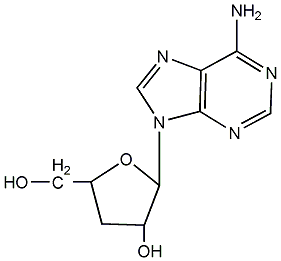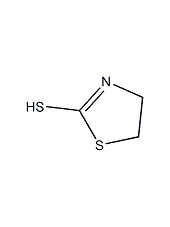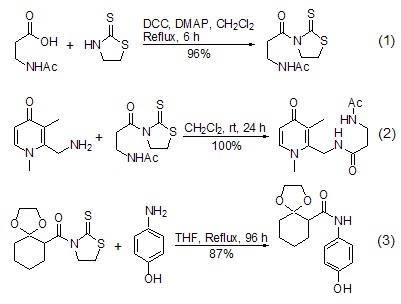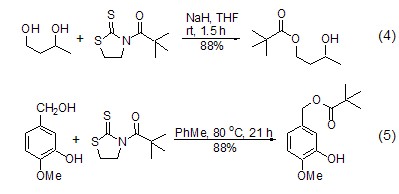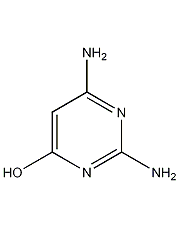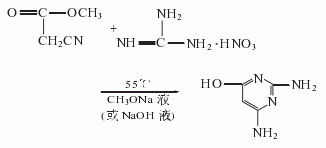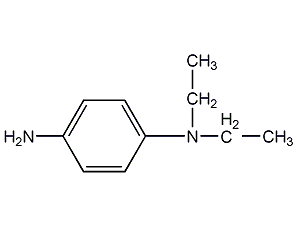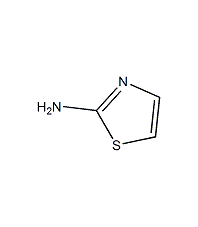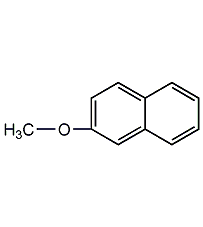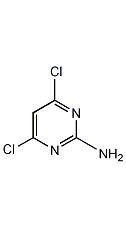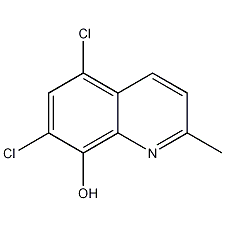2-amino-4,6-dihydroxypyrimidine
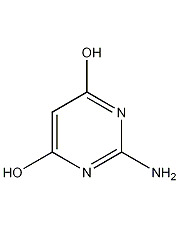
Structural formula
| Business number | 0176 |
|---|---|
| Molecular formula | C4H5N3O2 |
| Molecular weight | 127 |
| label |
2-Amino-4,6-pyrimidinediol |
Numbering system
CAS number:56-09-7
MDL number:MFCD00006094
EINECS number:200-256-5
RTECS number:UW7361000
BRN number:510297
PubChem number:24890936
Physical property data
1. Properties: White amorphous powder
2. Density (g/mL, 25/4℃): Undetermined
3. Relative vapor density (g/mL, air=1): Not determined
4. Melting point (decomposition, ºC): 330
5. Boiling point (ºC, normal pressure): Not determined Determined
6. Boiling point (ºC, 5.2kPa): Not determined
7. Refractive index: Not determined
8. Flash point (ºC): Not determined Determined
9. Specific rotation (º): Undetermined
10. Autoignition point or ignition temperature (ºC): Undetermined
11. Vapor Pressure (kPa, 25ºC): Undetermined
12. Saturated vapor pressure (kPa, 60ºC): Undetermined
13. Heat of combustion (KJ/mol): Undetermined
p>
14. Critical temperature (ºC): Undetermined
15. Critical pressure (KPa): Undetermined
16. Oil-water (octanol/water) partition coefficient Logarithmic value of p>
19. Solubility: Insoluble in water, insoluble in common organic solvents, soluble in alkaline aqueous solutions, absorbing water in humid air.
Toxicological data
Ecological data
None
Molecular structure data
1. Molar refractive index: 30.43
2. Molar volume (cm3/mol): 75.0
3. Isotonic specific volume (90.2K ): 251.4
4. Surface tension (dyne/cm): 126.1
5. Polarizability (10-24cm3): 12.06
Compute chemical data
1. Hydrophobic parameter calculation reference value (XlogP): -1.4
2. Number of hydrogen bond donors: 3
3. Number of hydrogen bond acceptors: 4
p>
4. Number of rotatable chemical bonds: 0
5. Number of tautomers: 5
6. Topological molecular polar surface area (TPSA): 87.7
7. Number of heavy atoms: 9
8. Surface charge: 0
9. Complexity: 206
10. Isotopic atoms Number��: 0
11. Determine the number of atomic stereocenters: 0
12. Uncertain number of atomic stereocenters: 0
13. Determine chemical bonds Number of stereocenters: 0
14. Number of stereocenters of uncertain chemical bonds: 0
15. Number of covalent bond units: 1
Properties and stability
None
Storage method
Stored sealed and protected from light.
Synthesis method
The preparation method is to add sodium ethoxide and diethyl malonate into the reaction kettle, then add guanidine nitrate, stir, and heat to reflux for 7 hours, cool to room temperature and discharge, the filtrate is distilled to recover absolute ethanol, and filtered The cake is then put into the water washing kettle, stirred with water, and heated to 80°C. After it is completely dissolved, slowly add concentrated hydrochloric acid, adjust the pH value to neutral, filter and discharge the material to obtain the finished product.
Purpose
2-Amino-4,6-dihydroxypyrimidine is an intermediate for the preparation of 2-amino-4,6-dimethoxypyrimidine, which can be used to produce sulfonylurea herbicides such as bensulfuron-methyl and pyridine. Cisulfuron-methyl, nicosulfuron-methyl, etc.
Used as an intermediate for the herbicides bensulfuron-methyl and pyrazosulfuron-methyl.
Important pharmaceutical intermediates.
Used for the synthesis of ADCP, ACMP, and ADMP.
extended-reading:https://www.newtopchem.com/archives/40470extended-reading:https://www.bdmaee.net/246-trisdimethylaminomethylphenol-cas90-72-2-dabco-tmr-30/extended-reading:https://www.bdmaee.net/dabco-xd-102-dabco-amine-catalyst-amine-catalyst/extended-reading:https://www.bdmaee.net/niax-potassium-acetate-trimer-catalyst-momentive/extended-reading:https://www.bdmaee.net/wp-content/uploads/2022/08/NNN-trimethyl-N-hydroxyethyl-bisaminoethyl-ether-CAS-83016-70-0-Jeffcat-ZF-10.pdfextended-reading:https://www.newtopchem.com/archives/44742extended-reading:https://www.newtopchem.com/archives/44057extended-reading:https://www.bdmaee.net/wp-content/uploads/2022/08/-MP602-delayed-amine-catalyst-non-emission-amine-catalyst.pdfextended-reading:https://www.cyclohexylamine.net/cas111-41-1/extended-reading:https://www.bdmaee.net/spraying-composite-amine-catalyst-nt-cat-pt1003-pt1003/
